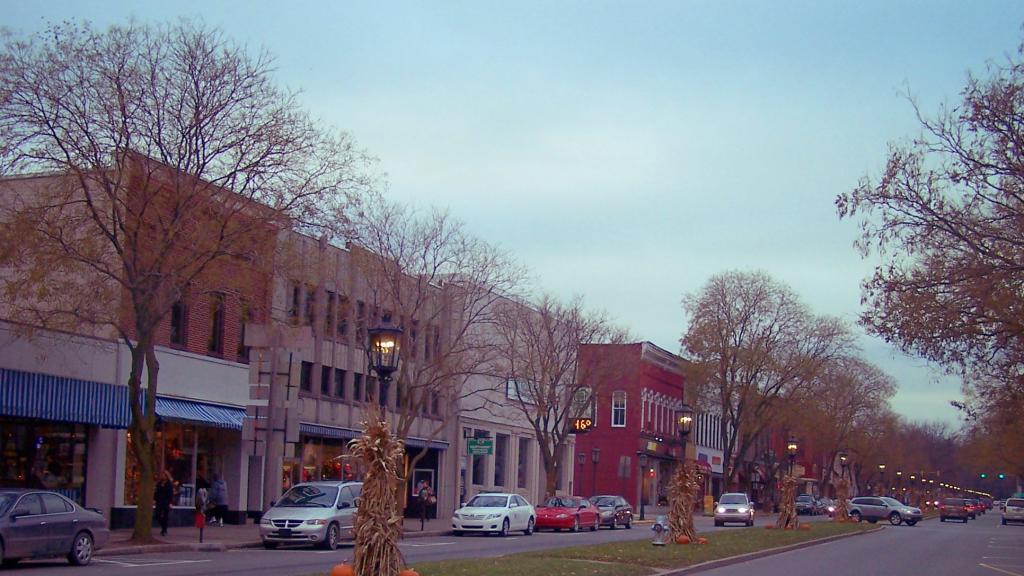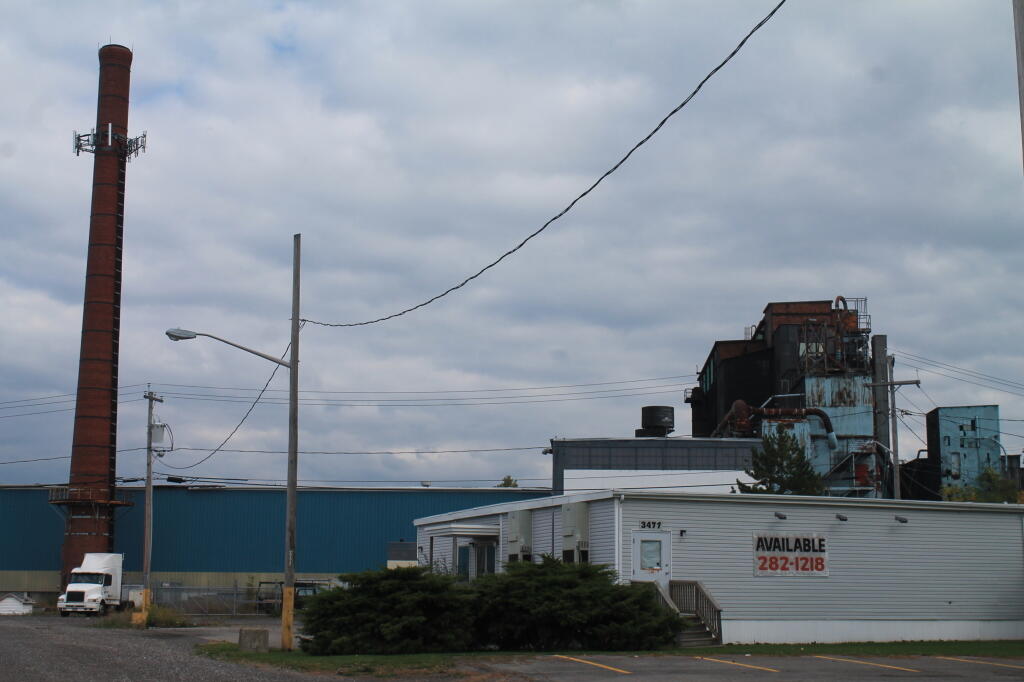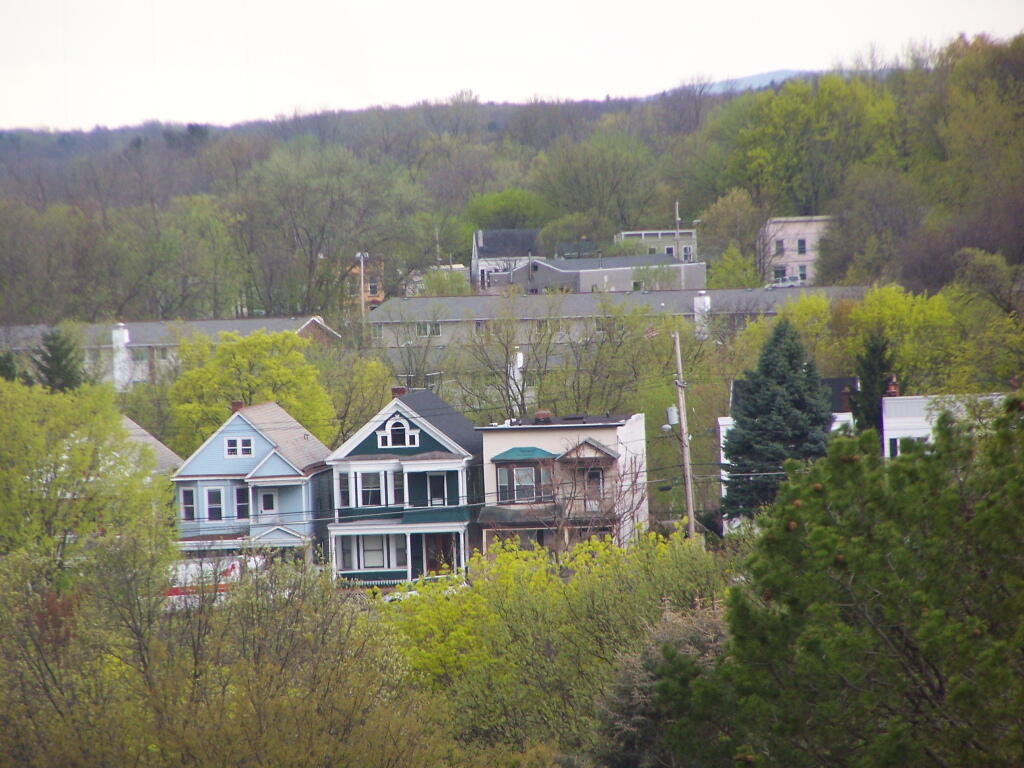It’s a popular thing to complain about the Empire State Plaza, and say the 1960s “modern” office complex in Downtown Albany is out of place or was overly destructive to the city. But was there really much of an alternative to building the Empire State Plaza? Could the state have just put up conventional office buildings along city streets in vacant lots?
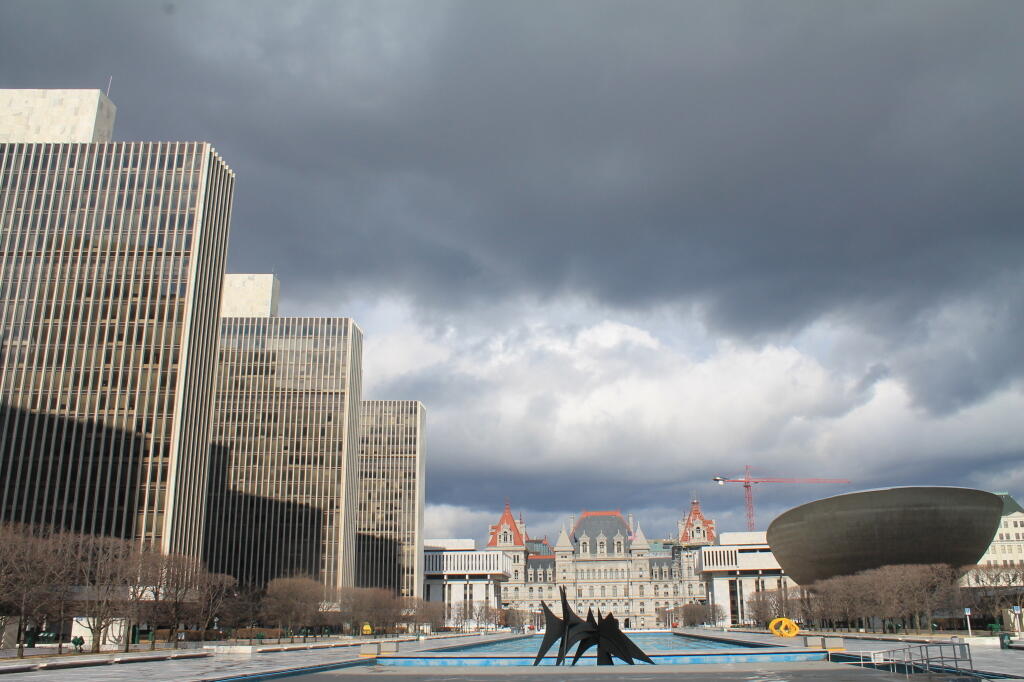
But the reality is Nelson Rockefeller helped slow and ultimately reverse the decline of Downtown of Albany. By the early 1960s, state government was leaving downtown, as witnessed by the construction of the then modern W. Averell Harriman State Office Campus on lands of a former golf course on the outskirts of the city.
View Larger Map
The W. Averell Harriman State Office Campus was a perfect example of what many people saw as the future — an office campus where commuters came in their private automobiles via a series of ring roads where there were no stop lights — just ramps and merge lanes. At the W. Averell Harriman State Campus there was ample parking for the cars that most middle-class state workers possessed, and wanted to use to get back and forth to work.
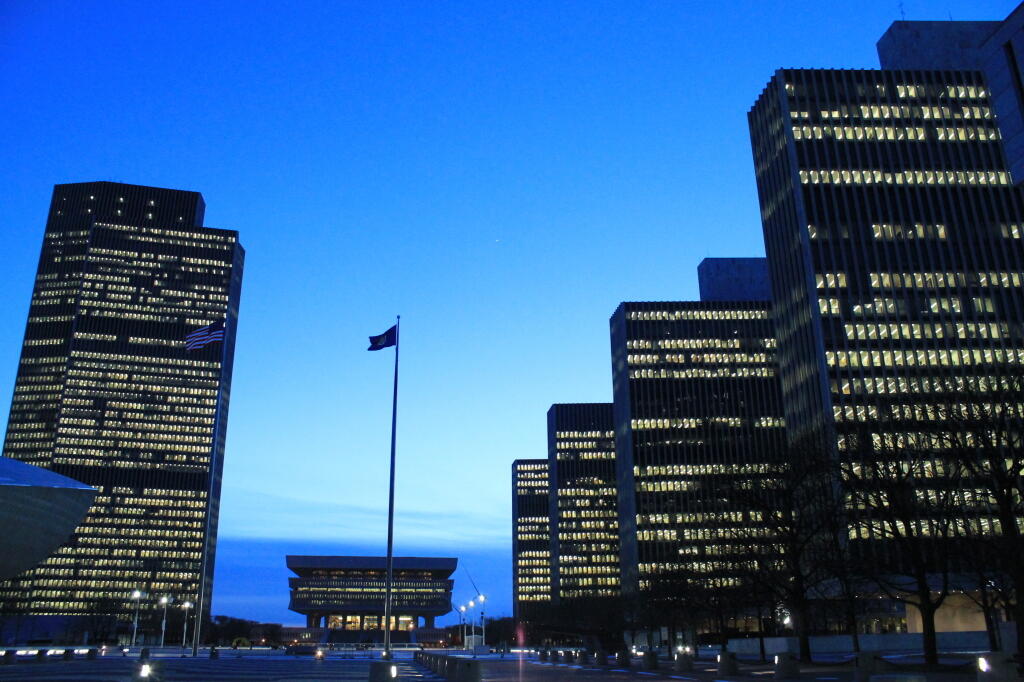
Downtown was the opposite. There was few parking opportunities around the downtown office buildings. Traffic congestion was heavy, and commuters were forced to stop at every traffic light. There was no smooth flowing traffic, as even express traffic going in and around the city was forced to take city streets. Commuters who worked downtown, and the many people who came to the Capitol, didn’t want to have to fight traffic or spend hours looking for a parking spot — especially when such a convenient and sensible alternative as the W. Averell Harriman State Office Campus.
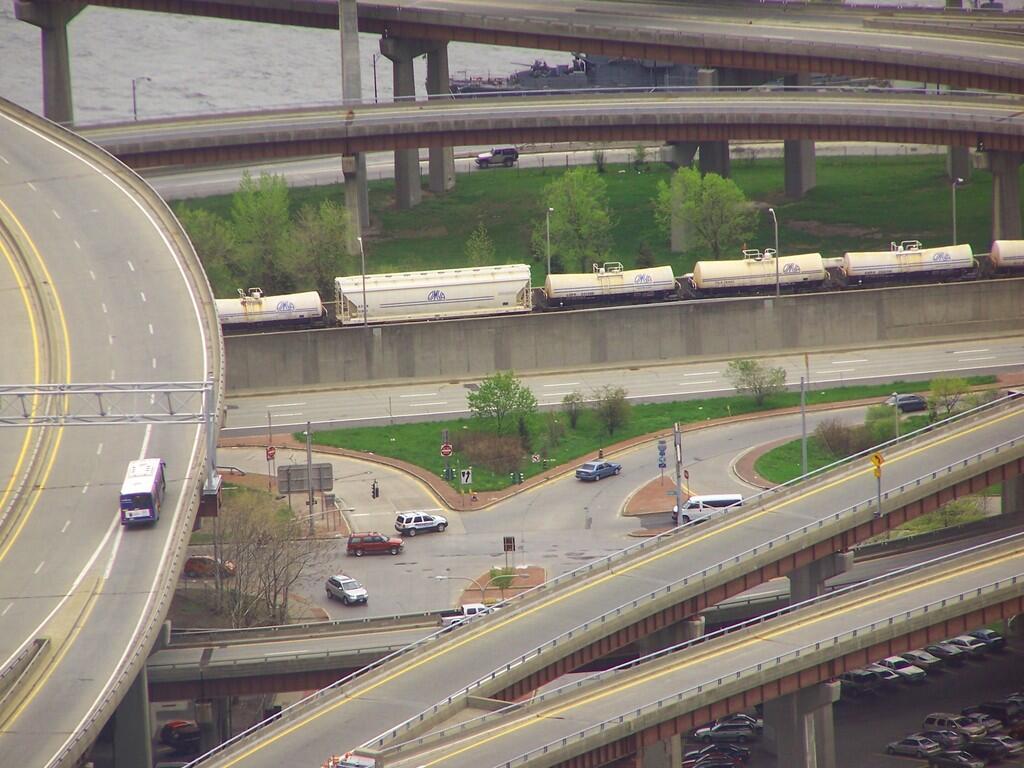
Nelson Rockefeller in many ways was visionary. He argued that State Government could build a modern, suburban style office campus, with limited access, stop light free convenience, and parking lot parking, in the middle of a dense city. Parking would be hidden in an underground garage at the Empire State Plaza, and connected to an Expressway system, that by using bridges would allow cars to “fly-over” city streets.
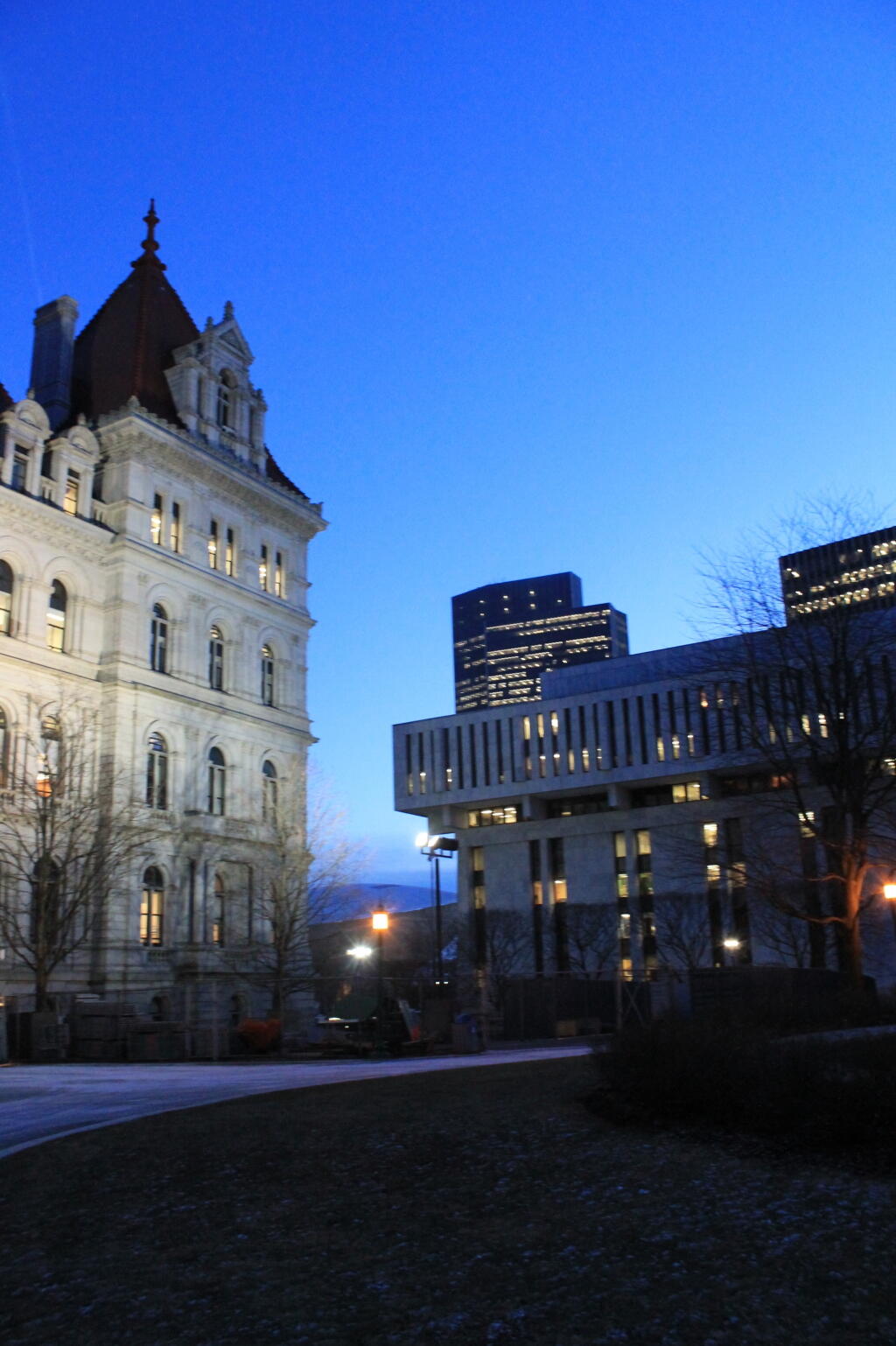
There are those who say the state could have instead built a series of tower buildings along vacant lots on State Street and other locations. Parking garages could be built behind the office buildings. That is how it was done in later years, often decades after the Empire Plaza was built. But that ignores the competition that the Empire Plaza was up against in it’s early years — the W. Averell Harriman, with it’s suburban ring-road, and traffic-light free commuting, and acres of easy parking.
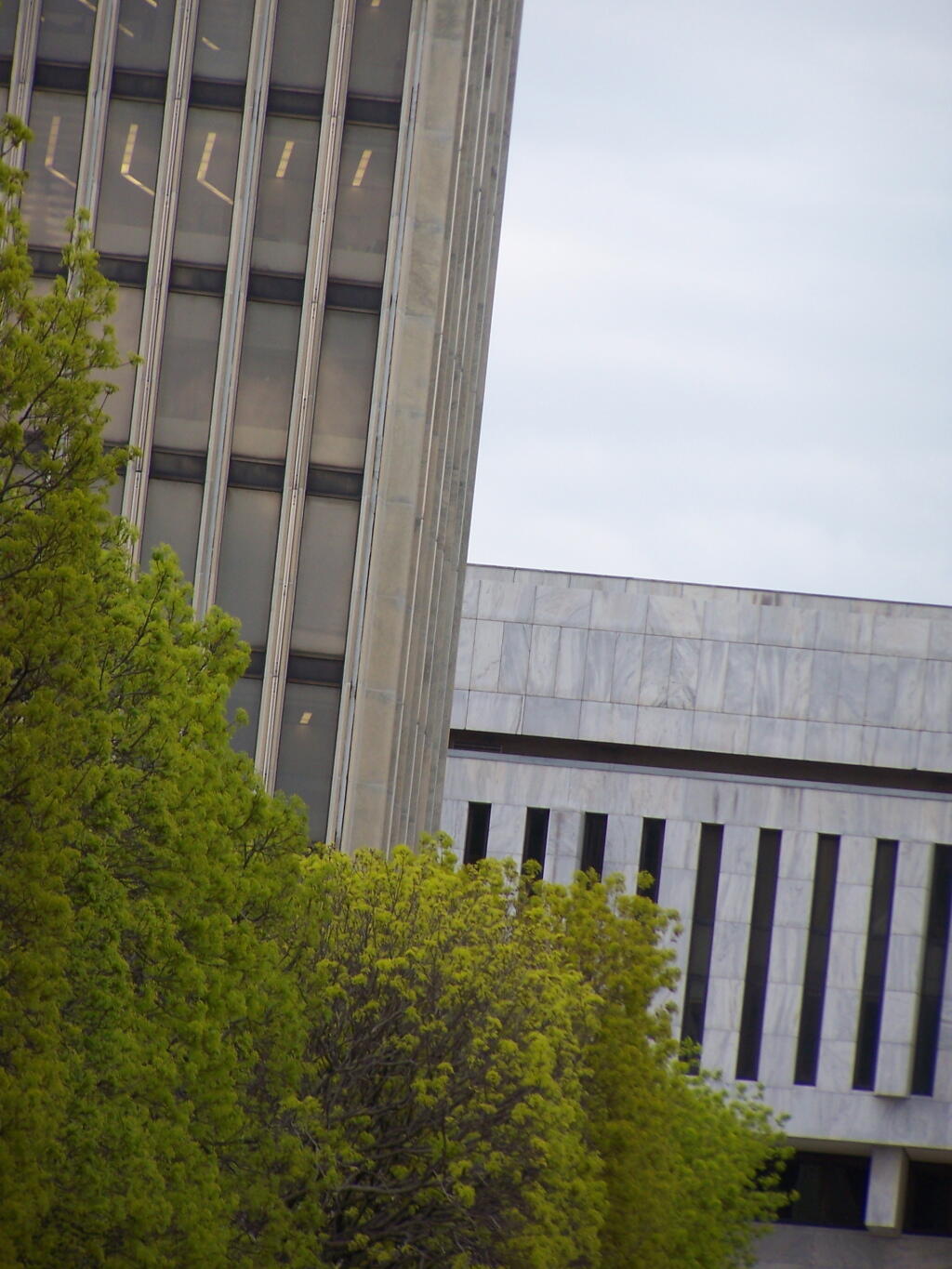
The state could have chosen to abandon downtown Albany in the early 1960s. After the Governor’s Mansion burned in 1963, it was proposed that it be moved to the W. Averell Harriman State Office Campus. Likewise, had the W. Averell Harriman campus been fully built out, many if not most of the offices in downtown, would have been moved to campus — rather then investing in downtown, and bringing thousands of state workers downtown every day.
